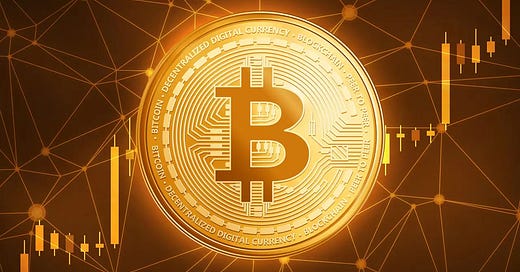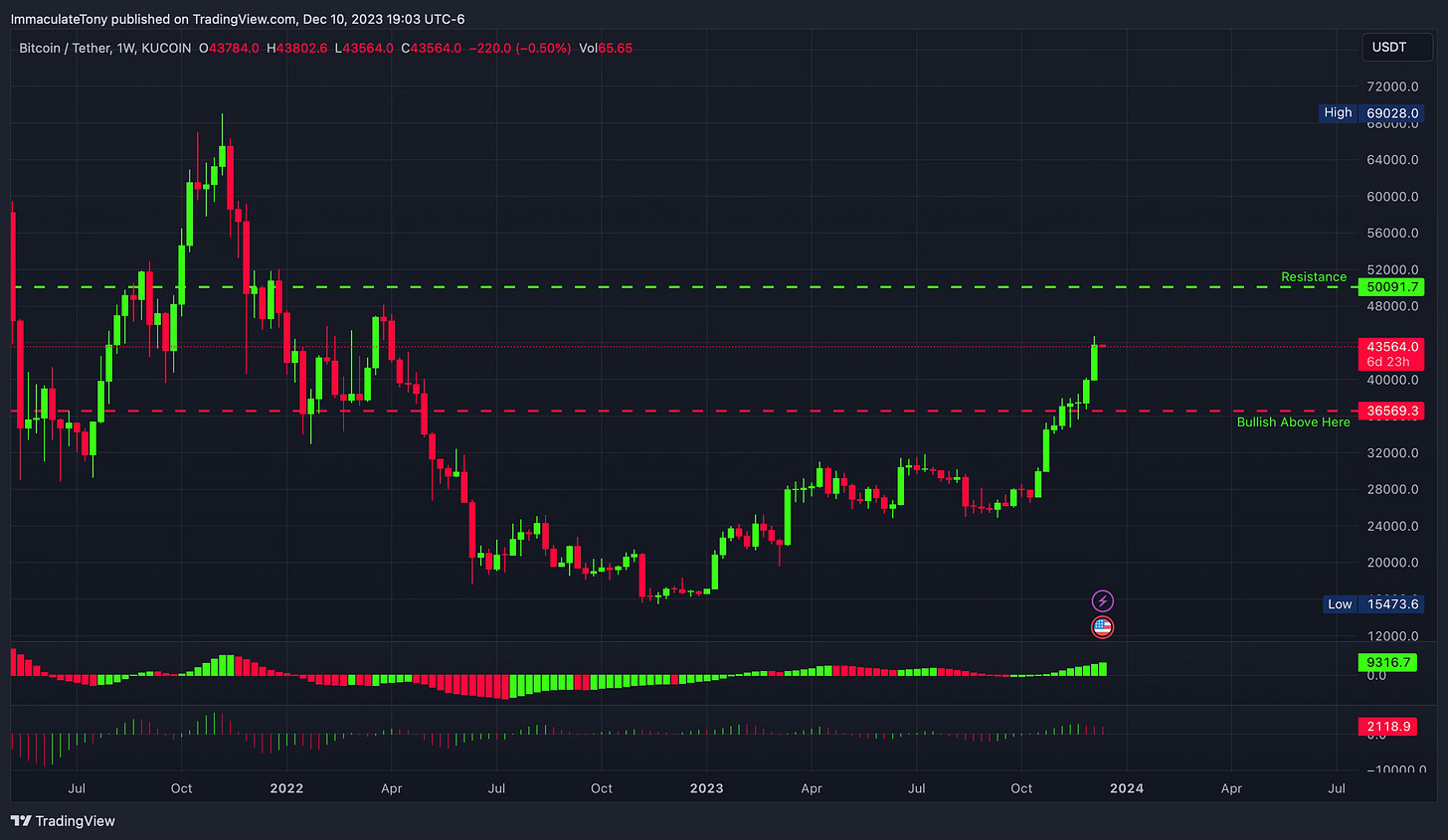Bitcoin's Limited Supply: Unraveling the Mystery of 21 Million Coins
What Makes Bitcoin Decentralized? What makes the USD Centralized? what's the difference?
Bitcoin Decentralization
In a world where financial control often rested in the hands of a select few, Bitcoin emerged as the people's (The Peoples Champ) currency, a beacon of decentralization illuminating a new path. In this digital revolution, individuals found empowerment, no longer subject to the helm of traditional banking systems. Bitcoin's decentralized nature, governed by the unyielding blockchain, became and is a true testament to the transparency and trust, forging a currency free from the shackles of central authority.
Bitcoin Is World Peace
As the narrative unfolds, Bitcoin's limited supply, capped at 21 million coins, offered a stark departure from the inflationary tendencies of conventional currencies. This scarcity became a rallying cry for those seeking refuge from the eroding value of money. Bitcoin was not merely a form of currency; it was a movement that echoed the sentiment: "Take control of your money." In this decentralized realm, people from diverse backgrounds united, embracing the idea that financial sovereignty belonged to the individual. Bitcoin, the people's money, became a catalyst for a broader revolution, ushering in a future where financial inclusivity and control rested firmly in the hands of those it mattered to most — the people
Centralized vs Decentralized
Centralized: Centralization refers to a structure or system where power, control, or decision-making authority is concentrated in a single central point or a small group of authorities. In a centralized organization or system, key decisions are made by a central figure or a top-level entity, and the flow of information, resources, or commands tends to originate from this central point. This structure often results in clear hierarchies and efficient coordination but may also lead to potential bottlenecks, slower adaptability, and limited autonomy among lower levels.
Decentralized: Decentralization is the distribution or dispersion of authority, control, or decision-making across multiple points or entities within a system. In a decentralized structure, power is not concentrated in a single central figure but is instead shared among various individuals, groups, or locations. This approach often promotes greater autonomy, adaptability, and flexibility at local levels. Decentralized systems can enhance resilience by reducing dependency on a single point of failure, but they may require robust coordination mechanisms to maintain coherence and consistency.
Picture a world where money isn't in the hands of a single bank or government. Instead, it's like a vast network running on everyone's computers. Think of decentralized banking as a clear piggy bank 🐖; everyone sees the transactions. In contrast, centralized banking is like a piggy 🐷 bank, hiding what happens inside. That Bitcoin it's what we call decentralized!
The U.S. government seems indifferent to the impact on millions of individuals who rely on the stability of the U.S. dollar for their savings. Despite the devaluation that occurs when banks leverage their reserves through processes like the deposit multiplier (where, for instance, a 10% reserve requirement allows banks to lend out 90% of deposits), there appears to be a lack of concern for the consequences. For every dollar in a bank, the bank can use a significant portion to stimulate economic activity through lending, but this process can lead to a cycle of diminishing value for those who store their wealth in U.S. dollars. For example, if someone deposits $100, the bank must keep $10 in reserve but can lend out $90. If this $90 is deposited again and the cycle continues, the value of the original deposit diminishes over time. This raises questions about the government's awareness and consideration of the broader economic implications for savers and depositors.
In this manner, the bank can expand an initial deposit of $100 into $1,000. However, the higher the reserve requirement, the less money the bank is able to create using the deposit multiplier. yeah re-read that and tap the share button)
So if you were a bank 🏦 or had control of it what would you do ? Stop and think about that ……
Now the levels on this chart…..
Keep reading with a 7-day free trial
Subscribe to Holistic Traders to keep reading this post and get 7 days of free access to the full post archives.






